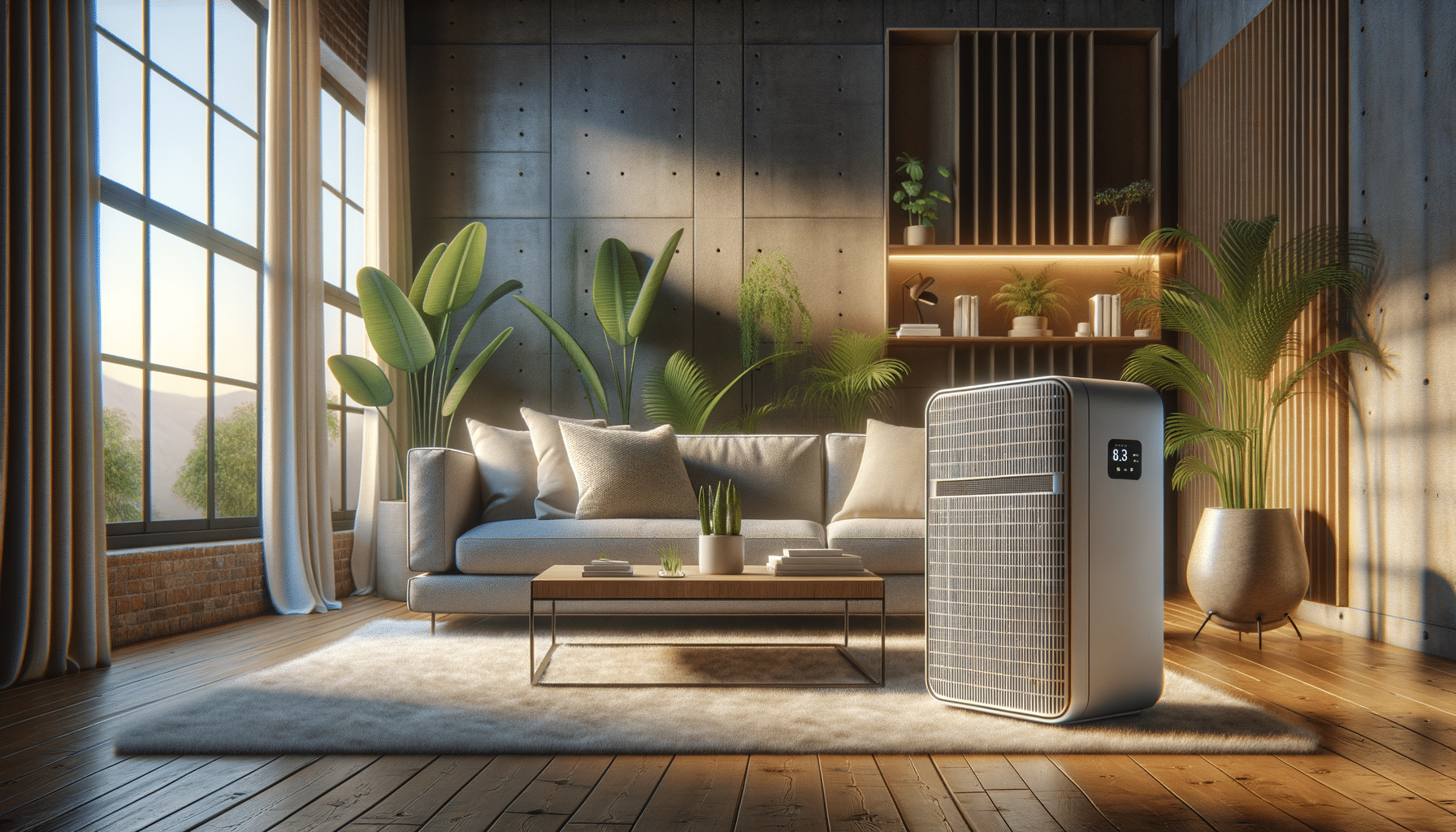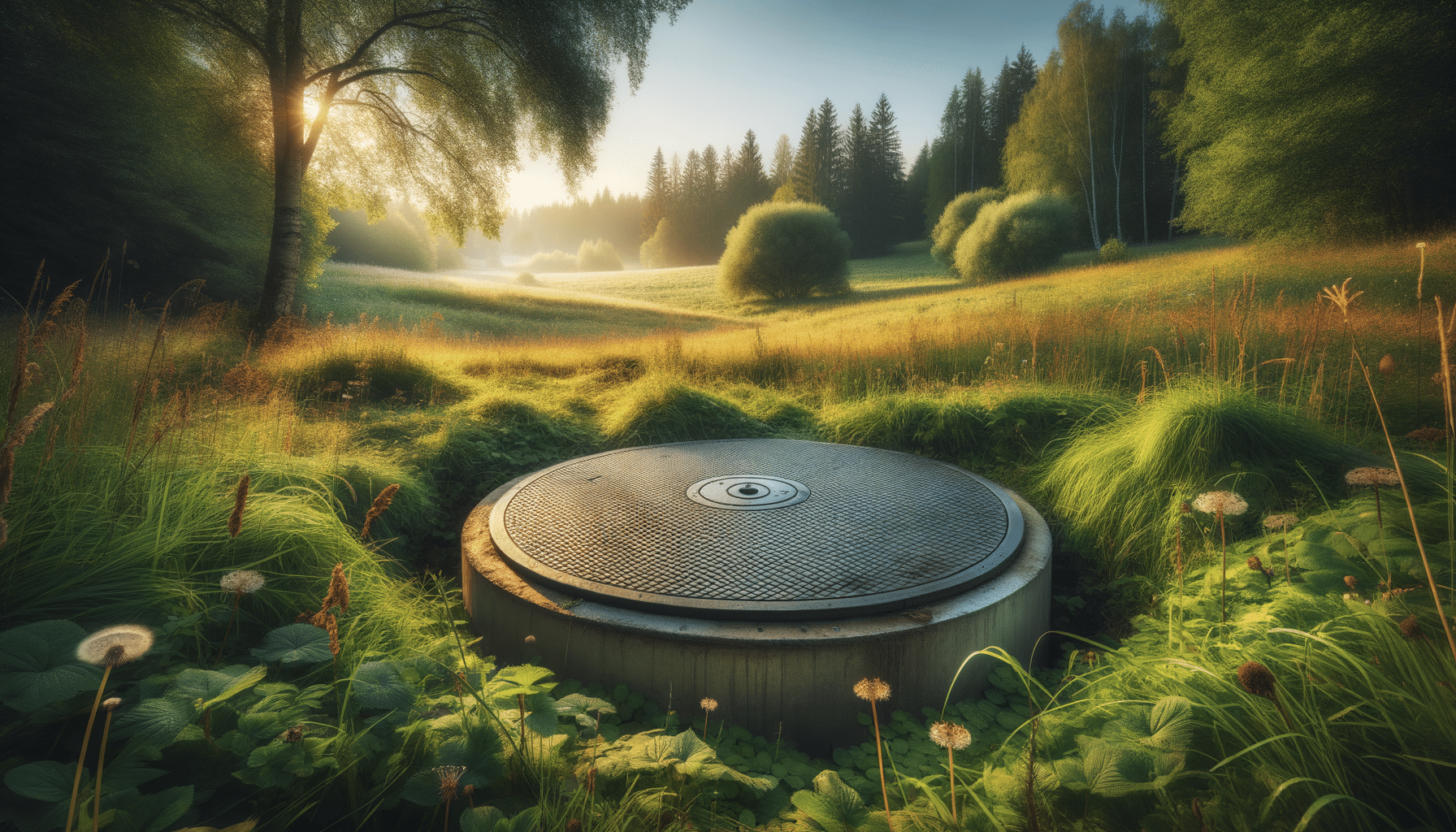
Exploring the Benefits and Mechanisms of Air Purification Systems
The Importance of Air Purification Systems
Indoor air quality has become a significant concern in modern times, as people spend a substantial amount of time indoors, whether at home, work, or other indoor environments. Poor indoor air quality can contribute to a range of health issues, including allergies, asthma, and other respiratory conditions. This is where air purification systems come into play. These systems are designed to remove contaminants from the air, thereby improving the overall air quality and providing a healthier living environment.
Air purification systems are particularly important for individuals with pre-existing respiratory issues or allergies, as they help reduce the amount of allergens, dust, and pollutants in the air. These systems can capture a variety of airborne particles, including pollen, dust mites, pet dander, mold spores, and even certain bacteria and viruses. By removing these particles, air purifiers can significantly reduce the risk of asthma attacks and allergic reactions.
Moreover, air purification systems can also help mitigate the effects of volatile organic compounds (VOCs) and other chemical pollutants that may be present in indoor environments. VOCs are emitted by a range of household products, including paints, cleaning supplies, and even furniture. Long-term exposure to VOCs can lead to adverse health effects, making air purifiers an essential component in maintaining a safe and healthy indoor environment.
How Air Purification Systems Work
Understanding the mechanisms behind air purification systems can help users make informed decisions when selecting the right system for their needs. These systems typically employ a combination of filters and technologies to effectively clean the air. The most common type of filter used in air purifiers is the High Efficiency Particulate Air (HEPA) filter. HEPA filters are designed to capture particles as small as 0.3 microns with an efficiency of up to 99.97%. This makes them highly effective at trapping dust, pollen, and other allergens.
In addition to HEPA filters, many air purification systems incorporate activated carbon filters. These filters are particularly effective at adsorbing odors and VOCs. The porous nature of activated carbon allows it to trap gaseous pollutants, making it an excellent choice for removing smoke, cooking odors, and chemical fumes.
Some advanced air purifiers also utilize UV-C light technology, which can neutralize certain bacteria and viruses. By exposing microorganisms to UV-C light, these systems can disrupt their DNA, rendering them harmless. This additional layer of purification is particularly beneficial during flu season or in environments where germ transmission is a concern.
Types of Air Purification Systems
There are several types of air purification systems available on the market, each with its unique features and benefits. Understanding these types can help consumers choose the most suitable option for their specific needs.
Portable air purifiers are one of the most popular choices for personal use. These compact units are easy to move from room to room, making them ideal for individuals who want to improve air quality in specific areas of their home or office. Portable air purifiers often come equipped with HEPA and activated carbon filters, providing a comprehensive approach to air purification.
Whole-house air purification systems, on the other hand, are designed to integrate with a building’s HVAC system, allowing for air purification throughout the entire home or office. These systems are particularly beneficial for larger spaces and can provide consistent air quality improvement across multiple rooms. Whole-house systems often include advanced filtration technologies and can be customized to target specific pollutants.
Additionally, there are specialized air purifiers designed for specific purposes, such as smoke removal or allergy relief. These systems may incorporate additional features like ionizers or ozone generators, although it’s important to note that ozone generators can produce harmful byproducts and should be used with caution.
Benefits of Using Air Purification Systems
Investing in an air purification system offers numerous benefits that extend beyond improved air quality. One of the primary advantages is the significant reduction in airborne allergens and pollutants, which can lead to better respiratory health and reduced allergy symptoms. For individuals with asthma or other respiratory conditions, cleaner air can mean fewer attacks and improved overall health.
Air purification systems also contribute to a cleaner living environment by reducing dust accumulation on surfaces. This can lead to less frequent cleaning and maintenance, allowing individuals to enjoy a more comfortable and convenient lifestyle. Furthermore, by removing odors and VOCs, air purifiers can create a more pleasant indoor atmosphere, free from unwanted smells and chemical fumes.
Another noteworthy benefit is the potential improvement in sleep quality. Poor air quality, particularly in bedrooms, can disrupt sleep and lead to restless nights. By ensuring that the air is clean and free from pollutants, air purifiers can help create a more conducive environment for restful sleep.
Choosing the Right Air Purification System
When selecting an air purification system, it’s essential to consider several factors to ensure that the chosen system meets specific needs and preferences. One of the first considerations is the size of the area that needs purification. Smaller units may be suitable for single rooms, while larger spaces may require a more robust system.
It’s also important to evaluate the types of pollutants present in the environment. For instance, if odors and VOCs are a primary concern, a system with an activated carbon filter would be beneficial. Conversely, if allergens are the main issue, a HEPA filter would be a top choice.
Energy efficiency is another crucial factor to consider, as air purifiers often run continuously to maintain air quality. Choosing an energy-efficient model can help reduce electricity costs while still providing effective air purification.
Finally, consumers should consider additional features such as noise levels, maintenance requirements, and smart capabilities. Some air purifiers offer app connectivity and automated settings, allowing for convenient operation and monitoring.


